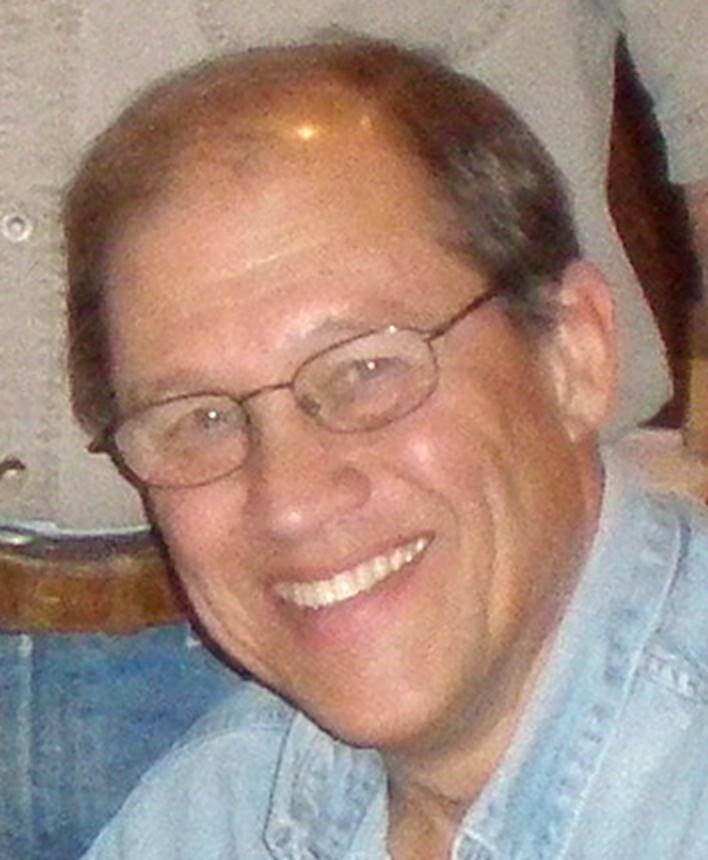
- Registered Architect and Member, American Institute of Architects, 1970;
- Testimony before a congressional subcommittee of the Judiciary of the US Congress on behalf of AIA to enact the Americans with Disabilities Act (ADA), 1990;
- Accessibility Consultant to Architect James Ingo Freed of Pei Cobb Freed on ADA compliance at the United States Holocaust Memorial Museum, 1993;
- Pennsylvania Society of Architects Gold Medal Award, 1996;
- Member 30 years, American National Standards Institute, A117 Committee on Accessible & Usable Buildings & Facilities, 1988-2018;
- Architect designer of accessibility modifications for over 170 homes, 1974-2019;
- 12 years, faculty, U of Pittsburgh, School of Health & Rehab Sciences, 1988-2000;
- Member, AIA National Design for Aging Committee Task Force guiding research at Georgia Institute of Technology for design standards on assisted bathing & toileting for aging & frail persons, 2015-2018;
- Universal Design Consultant to Perfido, Weiskopf Architects in Pittsburgh for a pedestrian bridge, Western PA School for Blind Children – all students multiply disabled, 2018;
- Historic preservation & accessibility expert, renovations to Art Deco Style Allegheny County Airport Main Terminal, 2009;
- Member and Fellow, American Academy of Forensic Sciences (AAFS), 3 presentations at national annual meetings on ADA compliance, personal injury, construction & building codes, 2009-present;
- Expert testimony: 200 legal case reports, 7 depositions, 14 trials, 1974-present;
- Presentations: AIA nationwide 3-day interactive teleconference on PBS to 5000 AIA members, “Opening All Doors”, 1993; AIA National Convention, Dallas, 1999; 3 presentations to annual meetings of the American Academy of Forensic Sciences.
- Secretary, Engineering & Allied Sciences Section, American Academy of Forensic Sciences, 2020-2021
- Diplomate, International Board of Forensic Engineering Sciences, 2020.
Where did you go to college?
The Catholic University of America, 1959-1967, Washington, DC, Physics and Architecture.
Would you recommend studying architecture to a young person?
Yes. The practice of architecture is a personally enriching professional life that can fulfill one’s natural desire for seeking the beautiful while contributing to the welfare, liberty, and happiness of one’s community.
What does it take to be an architect?
To be an architect, one must have a basis of principle and maintain adherence to it; an essential knowledge of and love of human nature and humanity; knowledge of and facility with the aesthetically true, history, spacial conceptuality, science, mathematics, geometry, and drawing by hand.
Was there an architect who particularly inspired you?
Yes. I have reverence for, and am inspired by several:
• Louis Sullivan (1856-1924) combined the flowing, complex beauty of nature in his carving the stone facade with a unique technological insight that forged man’s design on into the birth of the modern skyscraper.
• Henry Hobson Richardson (1838-1886) conceived design with a deep understanding of historical truth; and, articulated what was, at first, Romanesque Revival, but ultimately owned by him as Richardsonian Romanesque with consistency and strength throughout his all too brief life.
• Eero Saarinen (1910-1961) had a magnificent ability to make the physics and geometry of nature a necessary and intimate component of his design. He glorified man’s architecture by emulating nature, just as did his ancestors, Sullivan and Richardson.
What are you currently reading?
Justice on Trial: The Kavanaugh Confirmation and the Future of the Supreme Court by Hemmingway & Severino; and, Jackson’s Way: Andrew Jackson and the People of the Western Waters by John Buchanan
What’s the best meal you’ve ever had?
Saint Patrick’s Day Dinner of corned beef, cabbage & colcannon prepared by my wife, Anne.
Why do you volunteer with the AIA?
I would volunteer with the AIA in order to share my experience in the practice of the profession of architecture with those who would consider following me so that they may more fully know that the professional path they have chosen is true and proper. I would volunteer so that they who follow may proceed to utilize and benefiting from my experience. Though my direct participation in the College of Fellows as an organization has been limited, I have continued my practice in the same vein and for the same reasons that I was elected back in 1996. I continue to contribute to my community simply as a good architect.
